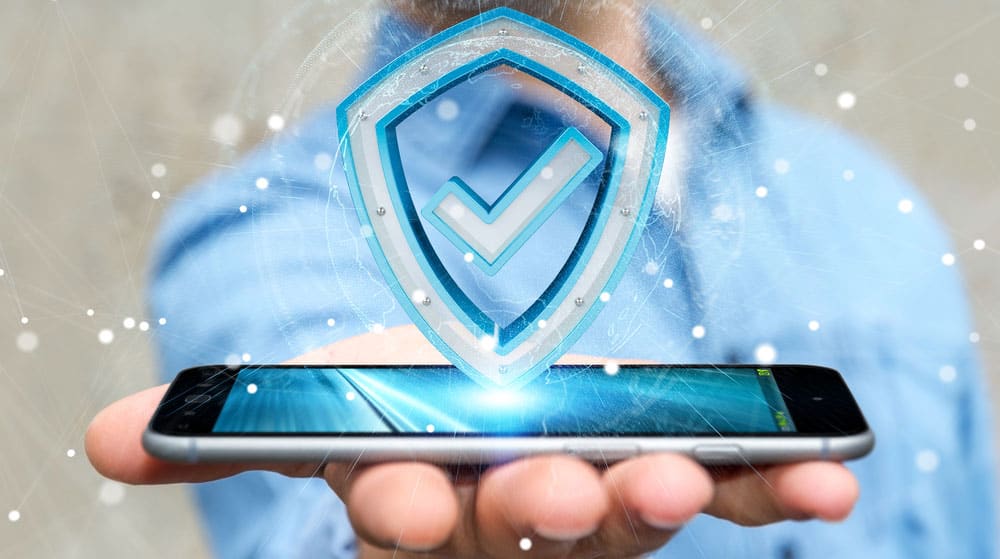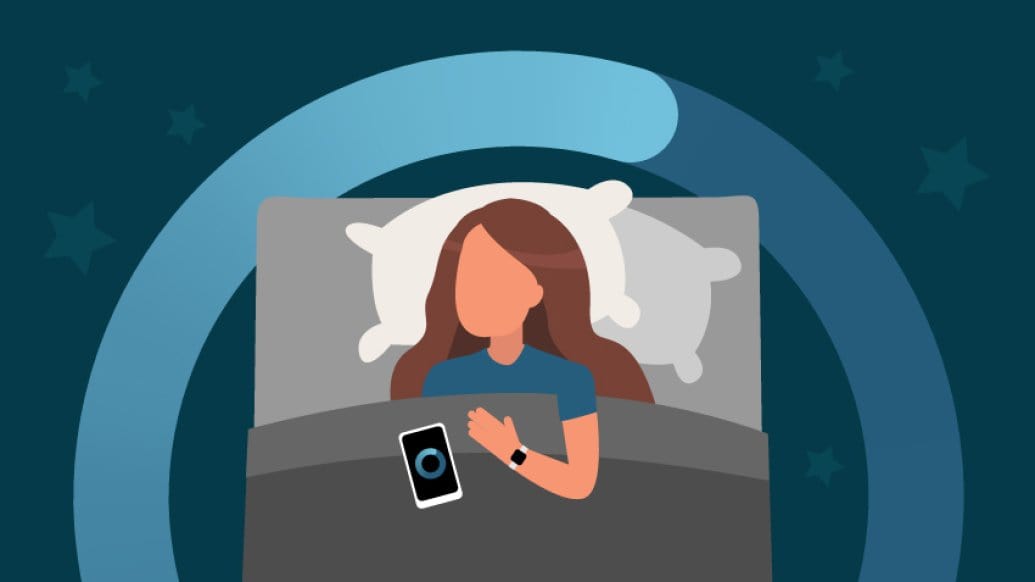How to Protect Your Smartphone from Viruses

A smartphone is basically a small computer, and yours is just as vulnerable to viruses and malware as your laptop or desktop. In fact, if you’re running an Android device, it’s probably more vulnerable than your computer, because Android is an open-source operating system – that means hackers can see the source code for the system, and that makes it easier for them to write malware for it.
As of 2019, Android phones represented 87 percent of the world market share for smartphone operating systems, while iOS accounted for 13 percent of the world’s market share. So the vast majority of smartphone malware and viruses target Android phones, but that doesn’t mean that iPhones are safe. Yes, iPhones are natively secure, with their OS designed to repel and protect against malware infections. But no operating system is totally safe from malware and viruses, and while Apple works hard to keep malicious apps out of their App Store, sometimes they still slip through. Malicious apps also appear on Google Play Store, in spite of Google’s efforts to weed them out with Google Play Protect.
Nor are malicious apps the only way you can get malware on your smartphone. You can also catch malware and viruses by navigating to a malicious website. There’s a strong chance you already have an infected phone, and just aren’t aware of it yet.
Here’s What Malware and Viruses Can Do to Your Phone
A malware or virus infection on your smartphone can do a lot of damage. For starters, it can propagate itself by spamming your contacts list with malicious texts and emails. Smartphone malware can slow down your system from running in the background – and even cause your phone to overheat. Malware and viruses can eat up your mobile data, leaving you on the hook to pay for overages. You might experience more battery drain, problems with the performance of your phone, unexplained billing charges, and strange pop-ups. Hackers can even use malware and viruses to steal your mobile banking information and other private data– in 2021, Kaspersky products detected 97,661 new Trojans aimed at stealing mobile banking data. The Hummingbad virus, which emerged in 2016 and infected 10 million devices while risking 85 million more, allowed hackers to completely take over infected devices.
Protect Your Phone
If you’re not using an antivirus program for phones, you need to install one on your smartphone today. There are smartphone antivirus apps available that work with both Android and iOS. Install a reputable antivirus program on your phone today and run a scan. You might be surprised at the results.
In addition to removing viruses and malware from your smartphone, an antivirus for your phone will protect you from new infections by monitoring apps, downloads, email, and web activity. Premium smartphone antivirus programs provide email and spam filters to protect you from phishing attacks, optimization features to make your phone work better, security for web browsing, and background monitoring similar to that employed by desktop apps to stop malicious files from accessing your system.
Installing an antivirus isn’t all you can do to protect your phone and data. Often, criminals get ahold of the valuable information on your phone not by hacking into it, but by physically stealing it. You should definitely use a passcode or turn on biometric security to access your phone’s lock screen. That way, if someone steals your phone, or you lose it, there’s another layer of protection for your data. Learn how to wipe your phone from afar so that if someone does get their hands on it, you can at least save your data.
Updating your smartphone regularly will also help protect you from malware and viruses. Every OS has vulnerabilities, but manufacturers are constantly releasing patches for these security flaws as part of their regular OS updates. Make sure to download and install software updates as soon as possible after they’re available, to make the most of the protections available in that update.
It’s also a good idea to avoid sideloading apps, or installing them from sources outside of the Play Store or App Store. While it’s true that malicious apps do make their way into both the Play Store and the App Store, most of the apps you’ll run across will have been vetted to make sure they’re not malware. Read app reviews before you download an app to make sure.
Your smartphone could be vulnerable to viruses and malware – it could even already be infected. Protect yourself and your data. Install antivirus software on your phone today.




